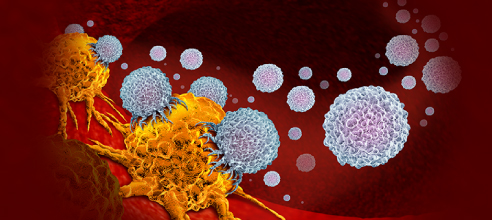A new coronavirus associated with human respiratory disease in China
Corresponding author: Yong-Zhen Zhang
Affiliation: Shanghai Public Health Clinical Center, Fudan University, Shanghai, China; Department of Pulmonary and Critical Care Medicine, The Central Hospital of Wuhan, Tongji Medical College, Huazhong University of Science and Technology, Wuhan, China; Wuhan Center for Disease Control and Prevention, Wuhan, China; Department of Zoonosis, National Institute for Communicable Disease Control and Prevention, China Center for Disease Control and Prevention, Beijing, China; Marie Bashir Institute for Infectious Diseases and Biosecurity, School of Life and Environmental Sciences and School of Medical Sciences, The University of Sydney, Sydney, New South Wales, Australia; School of Public Health, Fudan University, Shanghai, China.
Publication date: this article was officially published on February 3, 2020, whereas a preprint was originally posted on bioRxiv on January 25, 2020.
DOI: https://doi.org/10.1038/s41586-020-2008-3
Highlights
The researchers studied a single patient who was admitted to the Central Hospital of Wuhan on 26 December 2019 while experiencing a severe respiratory syndrome. Metagenomic RNA sequencing of a sample of bronchoalveolar lavage fluid from the patient identified a new RNA virus strain from the family Coronaviridae. Phylogenetic analysis of the complete viral genome (29,903 nucleotides) revealed that the virus was most closely related (89.1% nucleotide similarity) to a group of SARS-like coronaviruses (genus Betacoronavirus, subgenus Sarbecovirus) that had previously been found in bats in China. Data suggest that bats are a possible host for the viral reservoir of the novel coronavirus.
Nomination Reasons
On January 2020, the team led by Yong-Zhen Zhang published the initial viral genome of the coronavirus suspected of causing the pneumonia outbreak on open-access sites. The group said researchers were free to analyze and share the data. The analyzing work began immediately all over the world and soon revealed the similarity of the novel virus to SARS-related member of the Sarbecoviruses. The release of the genome data presented an important moment in understanding the novel coronavirus and tackling COVID-19.
----------------------------------------------------------------------------------------------------------------------------------------------
This article has been nominated for Distinguished Research Awards, you can visit the website below and vote for the nominated publications:
https://www.molecularcloud.org/awards-for-distinguished-research.html.
- Like (1)
- Reply
-
Share
About Us · User Accounts and Benefits · Privacy Policy · Management Center · FAQs
© 2025 MolecularCloud




